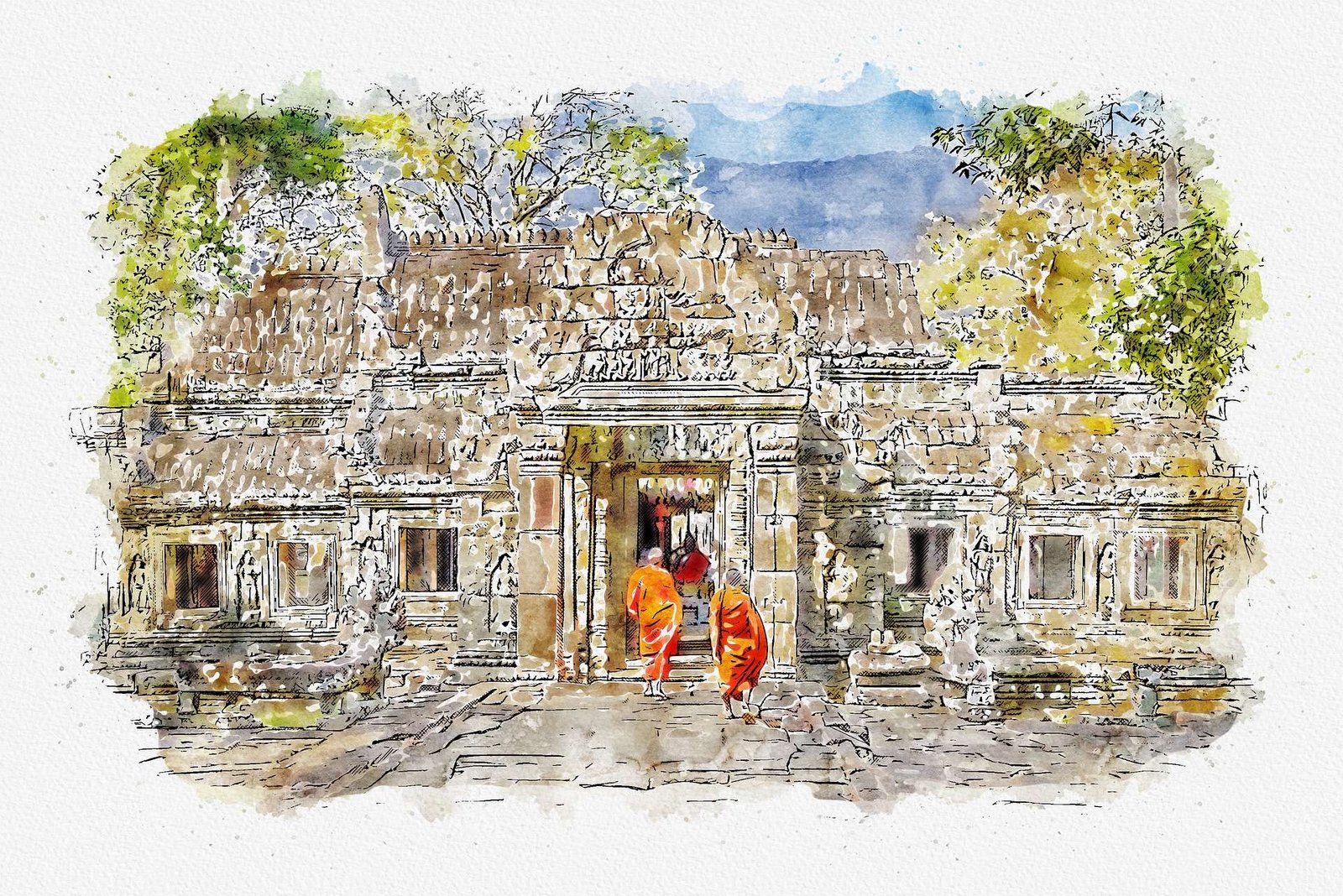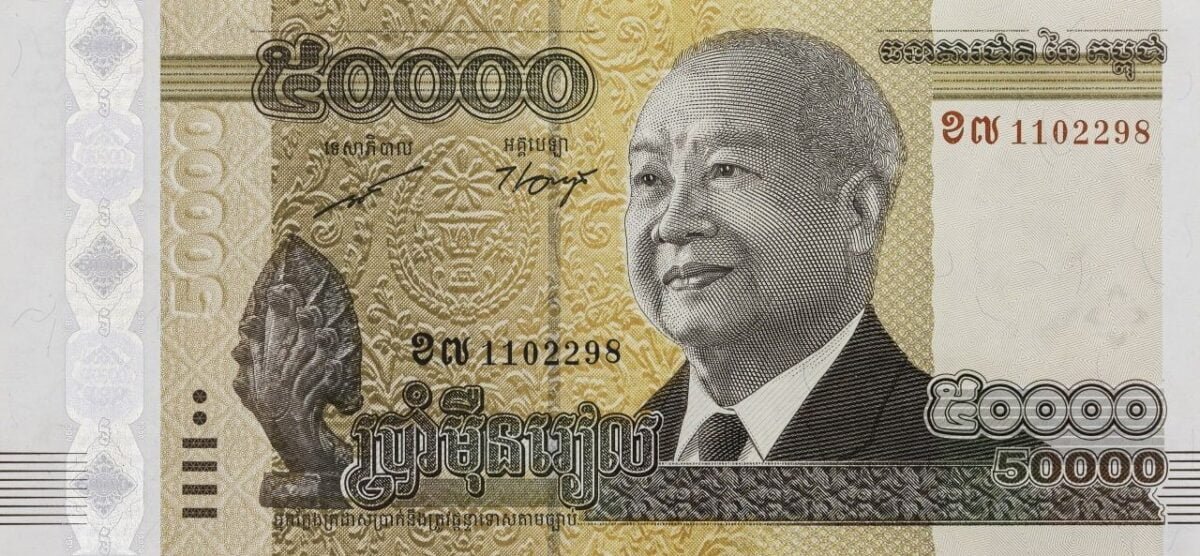The early inhabitants of Cambodia are said to be comparable to those of Thailand, Burma, Laos, and Vietnam. Before the first century A.D., the Khmer people who now live in Cambodia may have moved from southeastern China to the Indochinese Peninsula. They are thought to have come before the Vietnamese, Thai, and Lao people who live near them now. [December 1987, Library of Congress]

People think that the first Khmer came to the area around Angkor between 5,000 and 10,000 years ago. They came to Tonle Sap because it was a good place to fish and had a lot of water. The history books don’t know where these people came from because their original language was replaced by one from India, which makes it impossible to find out where they came from.
The Khmers were a well-organised group of people with a strong sense of nationalism and were well adapted to their tropical environment.

Evidence from a cave in northwestern Cambodia reveals that people using stone tools lived in the cave as early as 4000 B.C., and rice has been produced on Cambodian soil since well before the 1st century A.D. The first Cambodians most likely arrived much earlier than either of these dates. They most likely migrated from the north, but nothing is known about their language or way of life. [Source: Cambodia Tourism]
The first trace of human habitation in Cambodia was discovered in Loang Spean, in northwest Cambodia. People lived there around 5000 B.C. They lived in caves, polished stones, and painted ceramics with designs of cords and combs. In the 2nd century B.C., a site called Bas-Plateaux in southeastern Cambodia was the first place where signs of village-like communities were found.

The earliest evidence of human occupation in the Angkor area has been dated to 5000 B.C. and was in the form of pre-Bronze Age hunter-gatherer artifacts and remains. Samrog Sen, located in central Cambodia near Angkor Wat, was occupied around 1500 B.C. The bones discovered at the site resemble those of current Cambodians. Metal was first used approximately 1000 B.C. and had spread by 500 B.C.
According to the Library of Congress, by the first century A.D., the inhabitants of the region had created very stable, organised civilizations that had significantly advanced beyond the primitive stage in terms of culture and technical expertise. At the coast and in the lower Mekong River valley and delta regions, where they farmed irrigated rice and raised domesticated animals, the most advanced people lived.

Historians think that these people may have had Austroasiatic roots and were related to the ancestors of the people who live on the islands of Southeast Asia and many Pacific Ocean islands today. They dealt with metals, especially iron and bronze, and were skilled navigators. The Mon-Khmer individuals that arrived later likely intermarried with them. [Source: December 1987 Library of Congress study]
According to Lonely Planet, a large portion of the southeast was once a wide, shallow gulf that was gradually silted up by the mouths of the Mekong, leaving pancake-flat, mineral-rich soil that is suitable for cultivation. There is evidence of cave dwellers in the northwest of Cambodia.
Based on the carbon dating of local ceramic pots, which show that they were made around 4200 B.C., it is hard to say if there is a direct link between these potters who lived in caves and modern-day Khmers.

The Khmer kings dominated most of present-day Southeast Asia for the next 600 years, from the borders of Myanmar to the South China Sea and Laos to the north. During this time, Khmer kings constructed the world’s largest concentration of religious structures, the Angkor temple complex.

The most successful kings of Angkor, Jayavarman II, Indravarman I, Suryavarman II, and Jayavarman VII, also created a masterpiece of ancient engineering: a sophisticated irrigation system consisting of Barays (huge man-made lakes) and canals that ensured up to three rice harvests each year. A portion of this system is still operational today.

Source: Facts and Details








